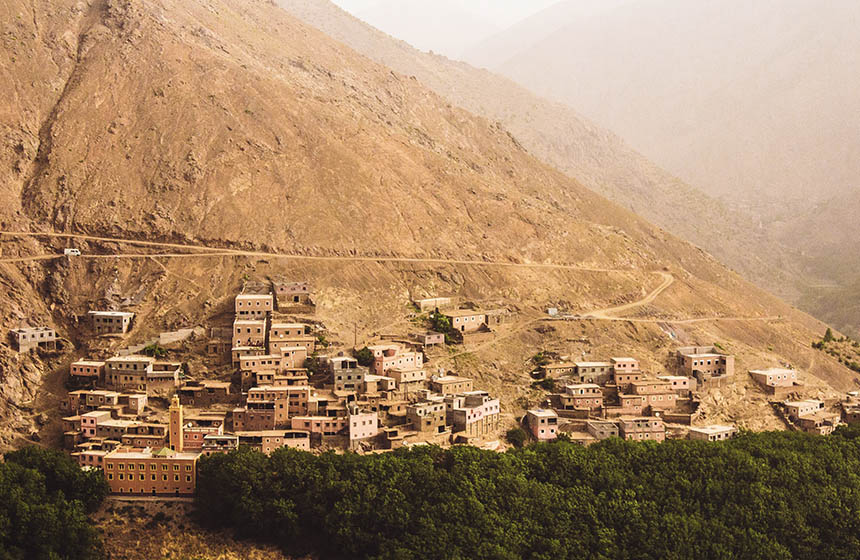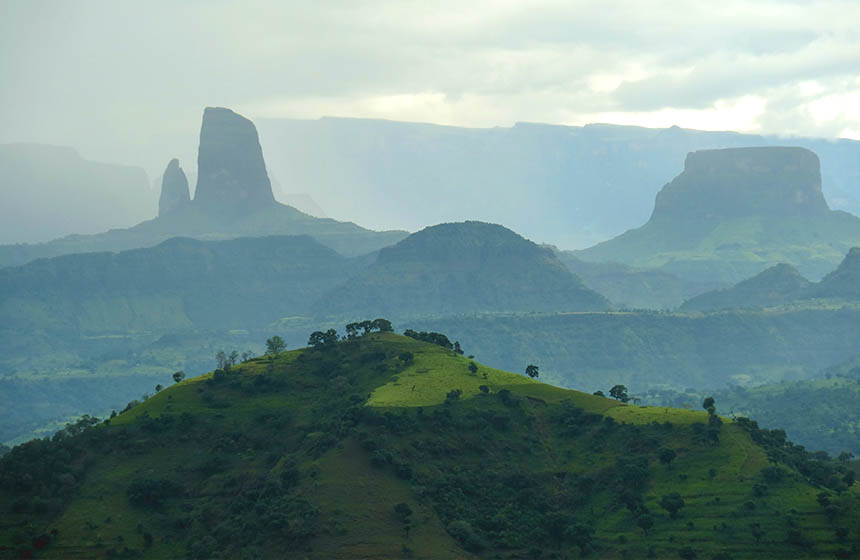Sierra Nevada Recovery and Restoration Project
The Sierra Nevada mountain ecosystem have been ravaged by fires in recent years, so a combination of sustainable forestry to reduce fuel loads and ecosystem restoration have reportedly increased the biodiversity and fire resilience in the area.
Nature-based Intervention:
The United States Department of Agriculture (USDA) Joint Chiefs’ Landscape Restoration Partnership invested in nature-based fire mitigation strategies to reduce community fire risks in the Sierra Nevada Mountains. These interventions include prescribed burning treatments and targeted and sustainable forestry management to remove hazardous trees which pose direct threats to mountain communities. These interventions are critical for the reduction of the catastrophic wildfire threat posed to local communities and sensitive habitats which has been exacerbated by climate change. These targeted forestry interventions and prescribed fire treatments were implemented on more than 3,100 acres of forests and focused on 4 mountain communities in order to create natural defensible space for fire fighters should another fire threat arise.
Overview of context and outcomes:
The Southern Sierra Nevada mountains in the Western United States is well known for iconic natural areas such as the Yosemite Valley and the giant sequoia groves. In recent years, wildfires have ravaged the Sierra Nevada mountains leading to the loss of tens of millions of trees. Historical policies supporting fire suppression have lead to large fuel loads building up in the forests of the Sierra Nevada and creating the potential for large-scale and catastrophic fires.
Case effectiveness on
Climate change
These interventions have helped the local ecosystems and communities adapt to the heightened risk of high intensity large fires which have become more common in the region due to the impacts of climate change. The implementation of active fuel management strategies and the creation of defensible fire breaks have likely resulted in lower fire risks for mountain communities.
Ecosystem health
Ecological effect: PositiveThe controlled burns have lead to an improvement in habitat quality and the reduction of high intensity and high damage fires. These shifts have likely made the area more suitable for at-risk species such as the Pacific fisher (Pekania pennanti), great grey owl (Strix nebulosa), western pond turtle (Actinemys marmorata), and foothill yellow-legged frog (Rana boylii).
Socioeconomic outcomes
This region relies heavily on tourism based upon the natural areas surrounding the mountain communities, so through preventing highly damaging fires they are protecting one of the main revenue sources for these communities. Furthermore, the fire protection efforts also help secure the livelihoods of farmers within the region by reducing the risk faced by their crops and livestock from fires.
Governance
This project is managed by the USDA Forest Service and the National Resources Conservation Service under the Joint Chiefs’ Landscape Restoration Partnership.
Finance
This is project is funded by the US Federal Government through the USDA.
Monitoring and evaluation
The regional fire risk and fuel loads undergoes constant monitoring.
Trade-offs and limitations
No information yet available on tradeoffs.

Intervention type
- Management
Ecosystem type
- Montane/Alpine
Climate change impacts addressed
- Wildfire
Instigators
- National government/agency
Societal challenges
- Biodiversity conservation
- Climate change adaptation
- Disaster risk reduction
Outcomes
- Food security: Not reported
- Water security: Not reported
- Health: Not reported
- Local economics: Positive
- Livelihoods/goods/basic needs: Not reported
- Energy security: Not reported
- Disaster risk reduction: Positive
- Rights/empowerment/equality: Not reported
- Conflict and security: Not reported
- No. developmental outcomes reported: 3
Resources
Read resource 1Literature info
- Grey literature



